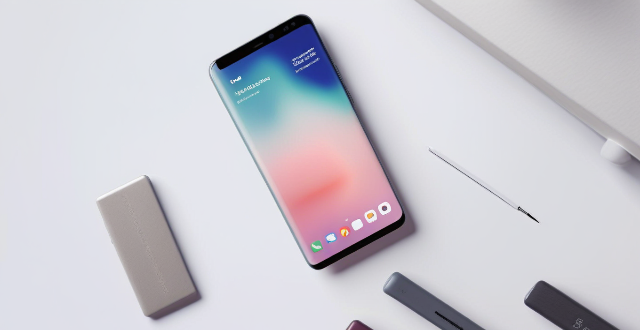This text provides a comprehensive analysis of how smartphone prices vary across different brands. It explores factors such as brand reputation, hardware specifications, software features, and market positioning that contribute to these price variations. The article categorizes brands into premium, mid-range, and budget categories and discusses their pricing strategies. It also delves into the costs associated with processors, memory, display, build quality, and camera systems. Furthermore, the text examines the impact of proprietary software experiences and custom Android skins on smartphone prices. Overall, the article offers valuable insights into the complex world of smartphone pricing and helps readers understand why prices differ so significantly between brands.

Introduction to Smartphone Price Variations Across Brands
Smartphone prices vary significantly across different brands due to a multitude of factors. These include the brand reputation, hardware specifications, software features, design, and other market-driven strategies. Let's delve into these aspects with a detailed analysis.
Brand Reputation and Market Positioning
Premium Brands
Premium brands like Apple and Samsung are known for their high-quality products and strong brand loyalty. They often command higher prices due to:
- Innovation Leadership: Being at the forefront of technology innovation.
- Market Perception: Strong brand image associated with quality and status.
- Customer Loyalty: A loyal customer base willing to pay a premium.
Mid-Range Brands
Brands such as OnePlus and Google Pixel offer competitive specs at more affordable rates by:
- Cost-Effective Manufacturing: Streamlined supply chains and less expensive materials.
- Niche Market Targeting: Catering to enthusiasts and tech-savvy users.
- Limited Marketing Spend: Less emphasis on massive advertising campaigns.
Budget Brands
Budget brands like Xiaomi, Realme, and Motorola attract price-sensitive consumers through:
- Economies of Scale: High volume sales with thin profit margins.
- Value Proposition: Offering good specs at a low price point.
- Aggressive Marketing: Competitive pricing strategies to gain market share.
Hardware Specifications and Costs
Processor and Memory
The choice of processor (such as Qualcomm Snapdragon or Apple A-series) and memory configurations (RAM and storage) greatly influence the cost:
- High-End Chipsets: More expensive, offering better performance.
- Memory Options: Larger RAM and storage capacities increase the price.
Display and Build Quality
The type of display (LCD, OLED, AMOLED) and build materials (metal, glass, ceramic) also affect pricing:
- Advanced Displays: OLED/AMOLED screens are pricier than LCDs.
- Premium Materials: Use of metal or ceramic bodies over plastic increases costs.
Camera Systems and Features
Investment in camera technology is significant, especially in flagship devices:
- Multiple Camera Setups: More lenses and higher megapixel counts drive up prices.
- Special Features: Optical zoom, stabilization, and advanced sensors add to the cost.
Software Features and Ecosystem
Proprietary Software Experiences
Brands like Apple emphasize their closed ecosystem and seamless integration between devices:
- iOS Exclusivity: The iOS operating system is exclusive to Apple devices.
- Ecosystem Lock-in: Services like iCloud and continuity features encourage staying within the Apple ecosystem.
Custom Android Skins
Other manufacturers develop custom UIs that add value but also cost:
- Resource-Intensive Skins: Some skins require more processing power and memory.
- Unique Features: Special features like Samsung DeX or Huawei's EMUI enhancements add to the price.
Conclusion
In summary, smartphone prices across different brands vary based on a combination of factors including brand reputation, hardware specifications, software features, and overall market positioning. Each brand strategically prices its devices to appeal to a specific segment of the market while maximizing profits and maintaining competitiveness.